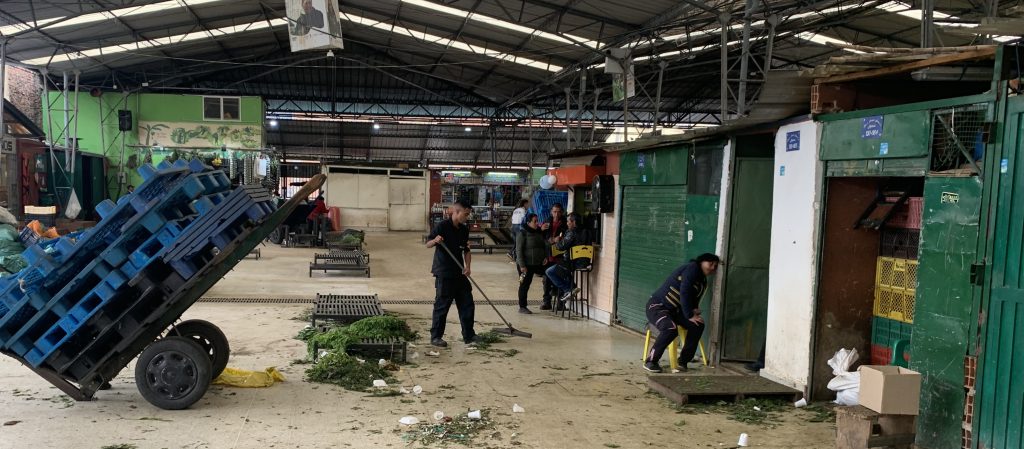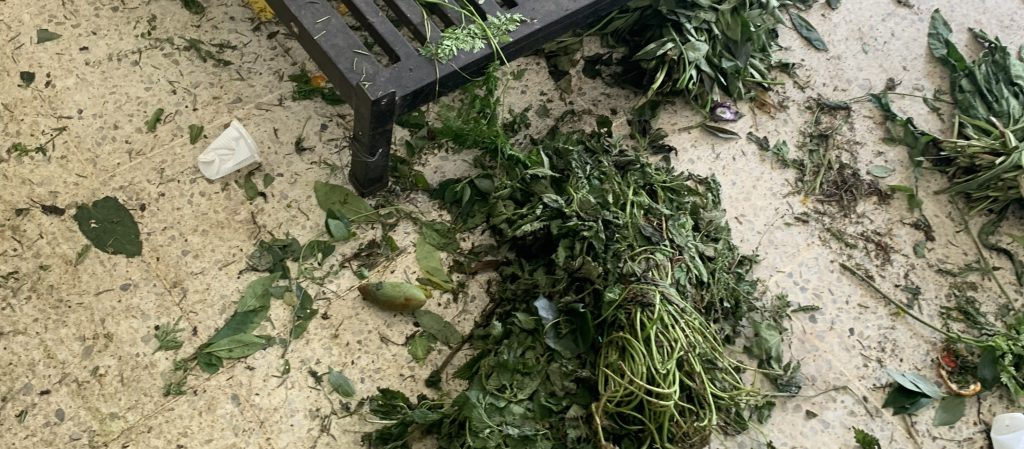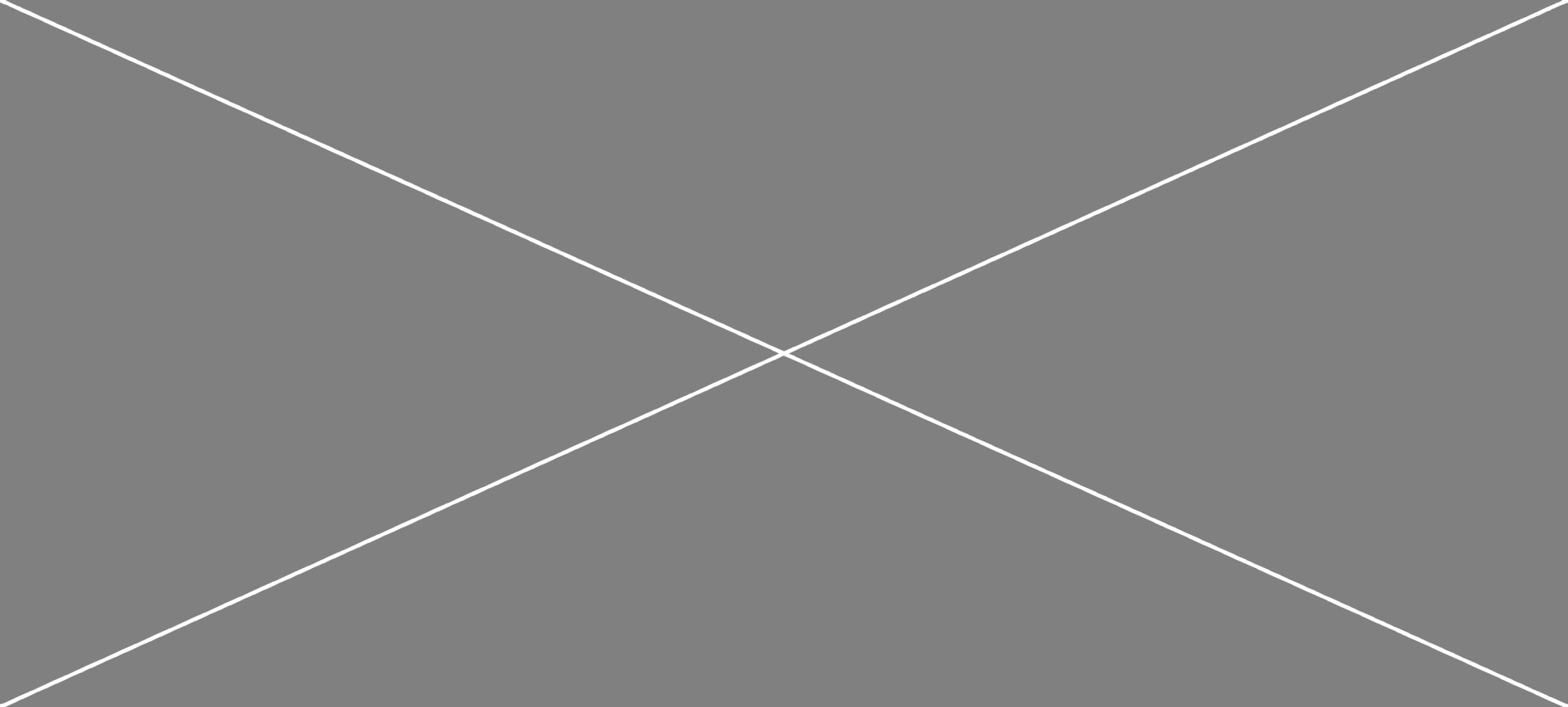This field note is part of Fragmented Ecologies.
When the night ends at Samper Mendoza, the market doesn’t really close—it exhales. Around dawn, the aisles empty, the lights dim, and the ground begins to show what the commerce of care leaves behind. I arrive just as the sweepers begin their rounds. Plastic bags rustle. Brooms drag. There’s a thin mist of crushed leaves in the air—bitter, medicinal, almost sweet.
The market after the market is a different place. Without the voices of vendors and the heat of exchange, it becomes a field of residues: crushed stems, loose powders, water streaks, and the ghostly smell of boiling herbs. The nocturnal architecture folds into quietness—empty crates, stacked scales, the hum of refrigerators keeping syrup bottles cool. Here, ethnography turns forensic. I start noticing what has fallen through classification: the matter that no longer has a price or name.

Near the back corridor, a green scatter clings to the drain. Possibly ruda. Possibly menta. I kneel to photograph it before it’s washed away. A vendor passing by says, “Eso todavía sirve” (“that still works”). She means it literally—many of these remains will be swept, collected, and reused for home infusions or compost. What looks like discard is still part of the cycle. The market extends into kitchens, courtyards, and altars across the city through these residues.
A few meters away, I find a cluster of dried roots entangled. They look fossilized, almost sculptural. Someone will step on them soon, or sweep them into a pile with cigarette butts and leaves. I label them in my notebook: Fragment No. 072 – Possible medicine, possible compost. The notation feels clumsy, but it helps me hold the instability of what I’m seeing.

This is the afterlife of classification: when ontology leaks onto the floor. Plants once precisely named—uña de gato, flor blanca, calaguala—become anonymous again. Smell replaces taxonomy. What remains is affective residue, a sensory archive of transactions and gestures.
Vendors start returning with buckets of water to rinse their spots. “Hay que dejarlo limpio,” one says—“you have to leave it clean.” But cleanliness here is provisional; the floor is never fully clean, only reset. As the sun rises, I realize that the market’s true rhythm is cyclical, not commercial. Things sell, decay, and return. What ethnography gathers in notebooks, the market reabsorbs as matter.
Walking out, my shoes carry traces of powder and crushed leaves. I brush them off hours later and still catch the smell of ruda. Fieldwork persists in these minor contaminations: the scents, dust, and gestures that remain long after the market is gone.

